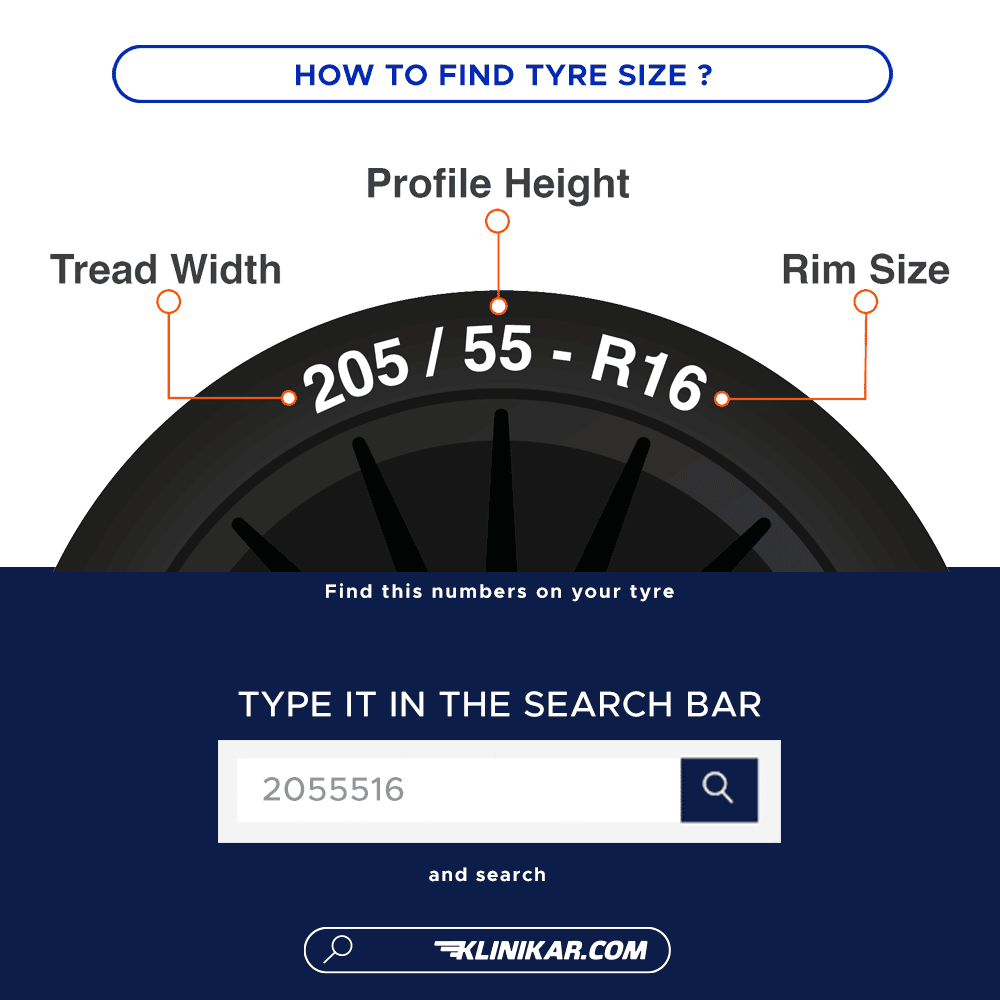
Pros and Cons of Changing Tyre Size from Original Equipment Recommendations
When it comes to customizing your vehicle, changing tyre size is a popular option. However, deviating from the original equipment (OE) recommendations can have both advantages and disadvantages. In this article, we’ll weigh the pros and cons of changing your tyre size, helping you make an informed decision that best suits your driving preferences and style.
Pros of Changing Tyre Size:
- Enhanced Performance Upgrading to larger tyres can improve a vehicle’s performance in several ways. A wider tyre provides a larger contact patch, which can lead to better grip and handling. In addition, a larger tyre may offer increased load-carrying capacity, making it ideal for drivers who frequently carry heavy loads.
- Improved Aesthetics Larger tyres can give your vehicle a more aggressive and sporty look, appealing to those who prioritize aesthetics. A custom tyre size can significantly alter your vehicle’s appearance, making it stand out from the crowd.
- Better Off-Road Capability For off-road enthusiasts, larger tyres with a more aggressive tread pattern can improve traction and ground clearance, allowing for better performance on challenging terrains.
Cons of Changing Tyre Size:
- Altered Speedometer and Odometer Readings Changing your tyre size can affect your vehicle’s speedometer and odometer readings, as these instruments rely on the tyre’s revolutions per mile. An inaccurate speedometer may lead to unintentional speeding, while a faulty odometer can result in inaccurate mileage records.
- Increased Fuel Consumption Larger tyres generally weigh more and have a higher rolling resistance, which can lead to increased fuel consumption. This can be a significant disadvantage for those looking to maintain optimal fuel efficiency.
- Reduced Ride Comfort Larger tyres can lead to a harsher ride, as the increased contact patch can transmit more road imperfections to the vehicle’s suspension. This can negatively impact ride comfort, especially on long trips or rough roads.
- Potential Fitment Issues Changing your tyre size can result in potential fitment issues, including rubbing against the wheel well or suspension components. This can cause damage to your vehicle and may even be a safety concern.
- Voided Vehicle Warranty Modifying your vehicle’s tyre size from the OE recommendations may void your vehicle’s warranty, leaving you responsible for any repair costs that may arise from the alteration.While changing your tyre size can offer several benefits, it also comes with potential drawbacks that should be carefully considered. Before making a decision, it’s crucial to weigh the pros and cons, taking into account factors such as performance, aesthetics, fuel efficiency, and potential fitment issues. If you’re unsure about the best choice for your vehicle, consult with a tyre professional or your vehicle’s manufacturer for guidance.


